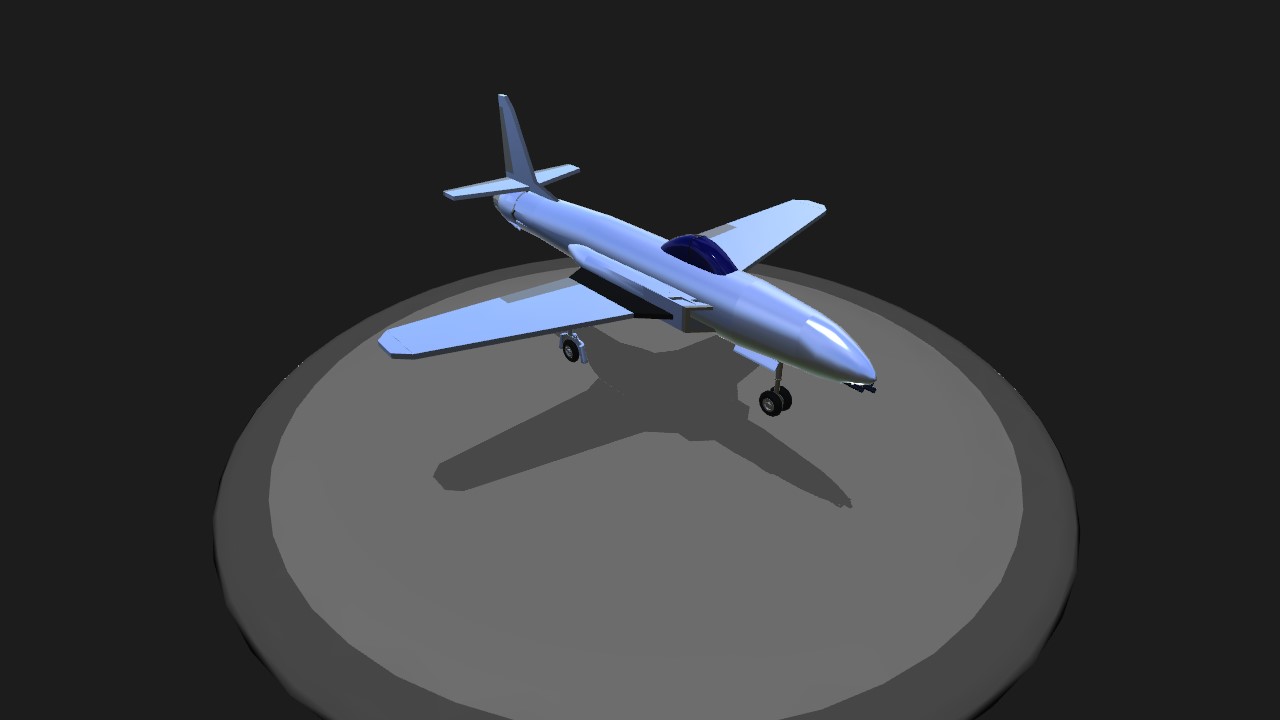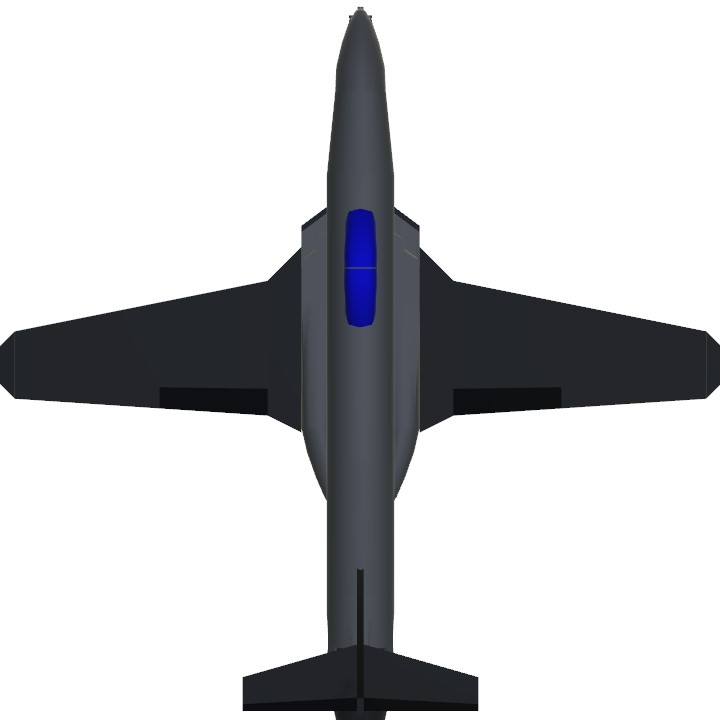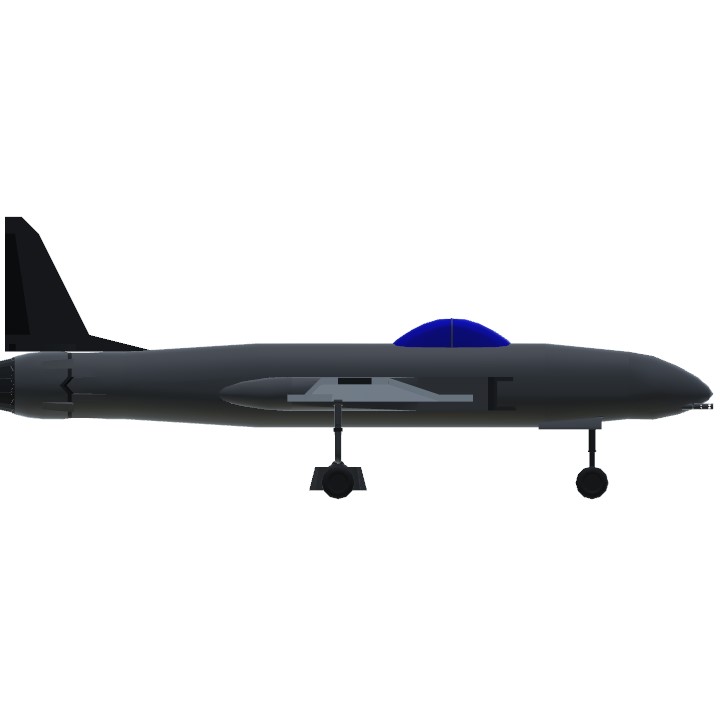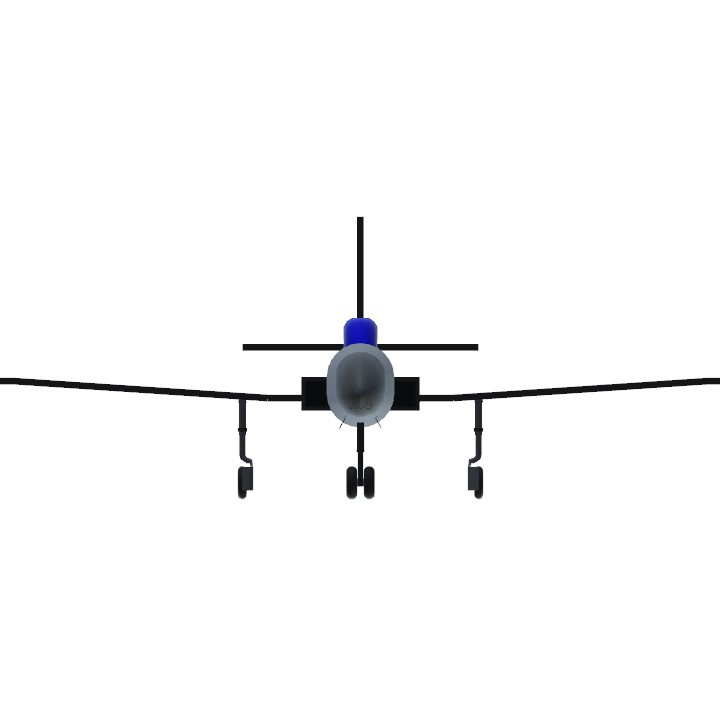The Lockheed P-80 Shooting Star was the first jet fighter used operationally by the United States Army Air Forces (USAAF).[2] Designed and built by Lockheed in 1943 and delivered just 143 days from the start of the design process, production models were flying but not ready for service by the end of World War II. Designed with straight wings, the type saw extensive combat in Korea with the United States Air Force (USAF) as the F-80. America's first successful turbojet-powered combat aircraft, it helped usher in the "jet age" in the USAF, but was outclassed with the appearance of the swept-wing transonic MiG-15 and was quickly replaced in the air superiority role by the transonic North American F-86 Sabre. The F-94 Starfire, an all-weather interceptor on the same airframe, also saw Korean war service. The closely related T-33 Shooting Star trainer would remain in service with the U.S. Air Force and Navy well into the 1980s, with the last NT-33 variant not retired until April 1997. Many still serve in a military role in foreign air arms or are in private hands. Contents [hide] From Wikipedia
Specifications
General Characteristics
- Predecessor P80 Shooting Star
- Created On Windows
- Wingspan 35.0ft (10.7m)
- Length 34.3ft (10.5m)
- Height 13.6ft (4.2m)
- Empty Weight 6,624lbs (3,005kg)
- Loaded Weight 18,832lbs (8,542kg)
Performance
- Power/Weight Ratio 1.79
- Wing Loading 94.4lbs/ft2 (461.1kg/m2)
- Wing Area 199.4ft2 (18.5m2)
- Drag Points 2531
Parts
- Number of Parts 35
- Control Surfaces 5
- Performance Cost 255





